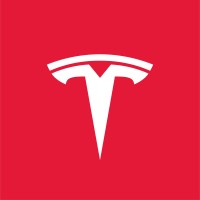FAQs
What is the expected start date for the internship?
The internship is expected to start around August-September 2025.
How long is the internship program?
The internship program is for a minimum of 12 weeks, full-time and on-site, continuing through the Fall term (approximately December 2025).
Is this internship available for recent graduates?
No, recent graduates seeking employment after graduation should apply for full-time positions, not internships.
Can international students apply for this internship?
Yes, but international students with work authorization through CPT should consult their school regarding their ability to work 40 hours per week before applying.
What are the main responsibilities of the Drive Systems Integration Engineer intern?
Responsibilities include supporting the design of cross-functional features, developing firmware integration test plans, debugging issues, and working with manufacturing and service teams on component releases.
What degree programs are preferred for applicants?
Applicants should be pursuing a Degree in Mechatronics, Computer Engineering, Computer Science, Electrical Engineering, or a related field of study.
What programming languages should applicants be familiar with?
Experience with C or C++ is required, and experience with Python is desired.
Is experience with CAN and Vector CAN tools required for the internship?
No, but experience with CAN and Vector CAN tools is considered a plus.
What is the expected hourly compensation for this internship?
The expected compensation is between $40.10 - $56.13/hour, plus benefits.
Are there any benefits provided to interns?
Yes, interns are eligible for various benefits including medical, dental, and vision plans, 401(k), paid holidays, and more.
Does Tesla support diversity in the workplace?
Yes, Tesla is an Equal Opportunity / Affirmative Action employer committed to diversity in the workplace.
Can I receive accommodations during the interview process?
Yes, if you need an accommodation at any point during the interview process, you should inform your recruiter.

